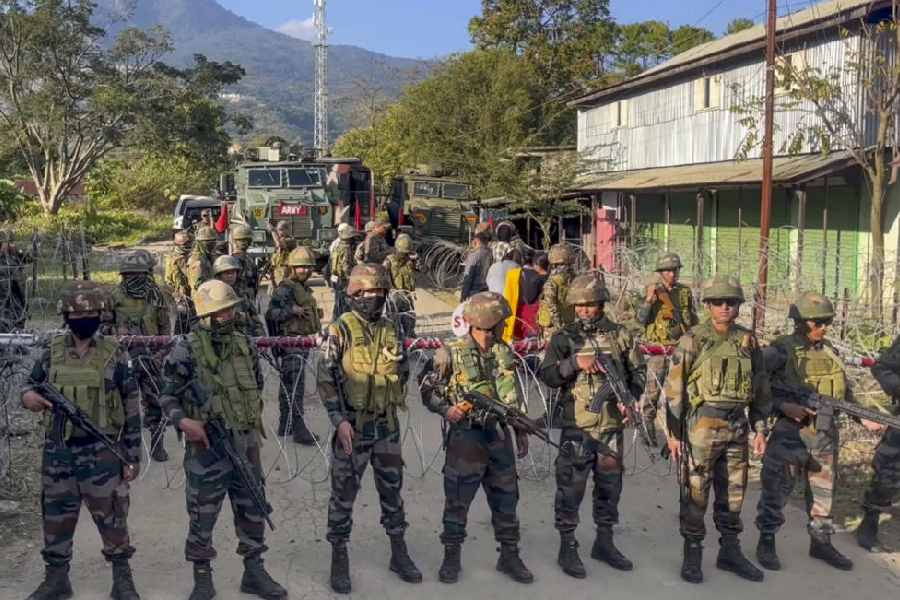Isro is preparing for a rocket launch to demonstrate in-space docking, a crucial manoeuvre for future missions such as retrieving lunar samples, building a space station and landing humans on the moon.
The rocket, scheduled for launch at 9.58pm on December 30, will deploy two satellites — named Chaser and Target — that will start 20km apart a day after launch and gradually approach each other to dock 470km above Earth.
The primary objective of the space docking experiment (SpaDex) mission is to develop and demonstrate the technologies needed for rendezvous, docking and undocking of two small spacecraft — each weighing about 220kg — in a low-Earth orbit, the Indian Space Research Organisation (Isro) said. The mission will also seek to demonstrate the transfer of electric power between the two docked spacecraft, which is essential for future applications such as in-space robotics, Isro said in a statement onthe mission.
Prime Minister Narendra Modi, while chairing a meeting last year with space officials weeks after Chandrayaan-3’s successful soft landing on the moon, had asked Isro to work towards establishing an Indian space station by 2035 and sending Indian astronauts to the moon by 2040.
Isro has announced plans for a Chandrayaan-4 lunar samples retrieval mission in 2028 in which a portion of the lunar module will take off from the lunar surface, and dock with a lunar orbiter module which will return to Earth ferrying lunar samples.
In the docking experiment, Chaser will approach Target, progressively reducing the inter-satellite distance to 5km, 1.5km, 500m, 225m, 15m, then 3m and then docking. After docking, the satellites will separate for independent two-year space missions — observations of Earth and radiation measurements in space.
The planned SpaDex mission is “even more challenging” because of the smaller size and mass of the two docking spacecraft which will demand higher precision levels than required for the rendezvous and docking of two large spacecraft, Isro said.
The Polar Satellite Launch Vehicle — Isro’s workhorse rocket that has been ferrying Indian and foreign satellites into space since the late 1990s — will be used to launch Chaser and Target. The PSLV flight will also carry 24 other payloads in the rocket’s spent fourth-stage — PS4 Orbital Experimental Module.











